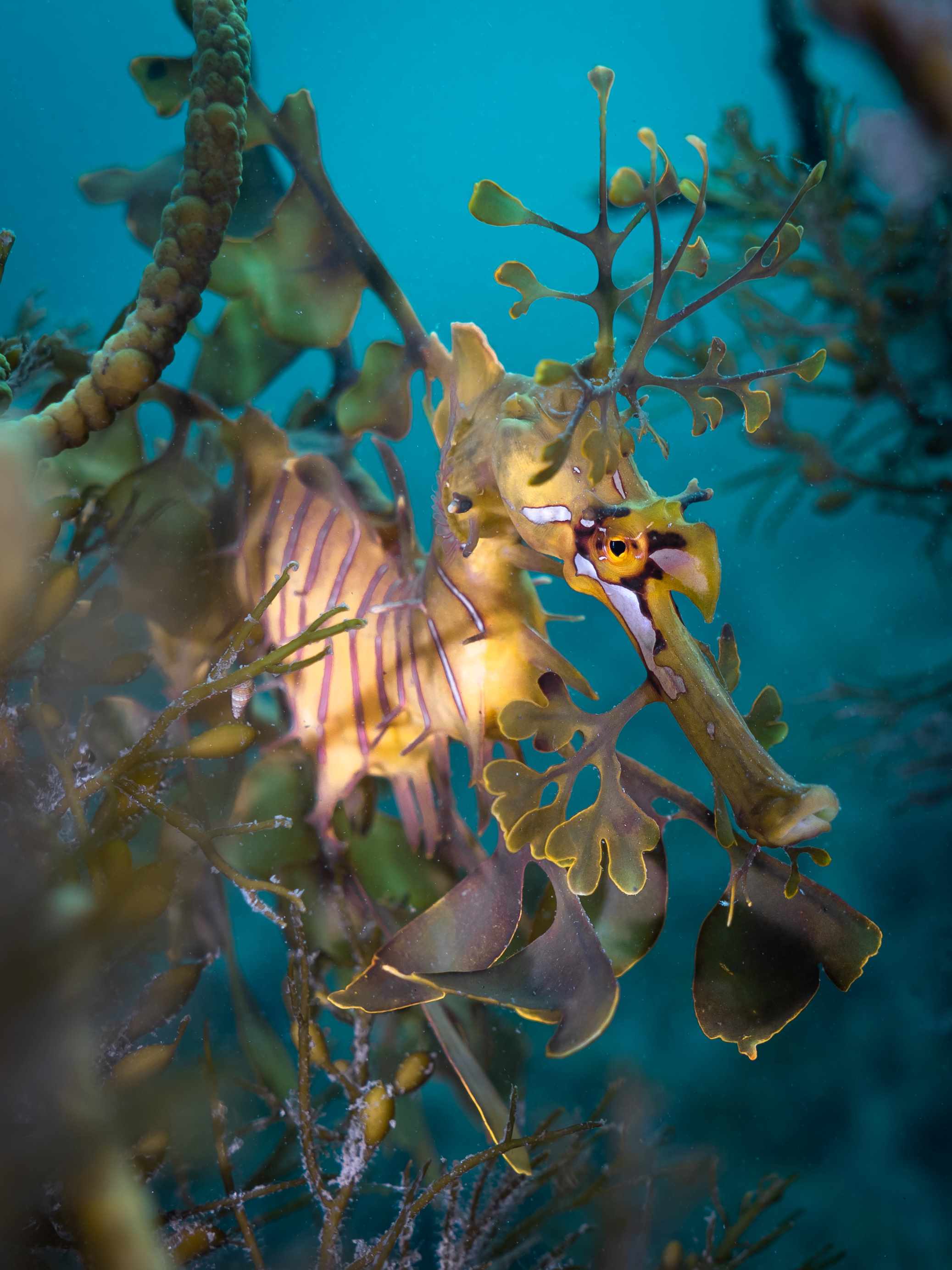The Great Southern Reef rivals the Great Barrier Reef for beauty, biodiversity, and the fisheries it supports. Yet it is relatively little known and significantly underfunded, despite being located in a climate change hot spot.
University of Tasmania marine ecologist Dr Scott Bennett from the Institute for Marine and Antarctic Studies (IMAS) says the Great Southern Reef receives less than 1 per cent of the funding of its northern cousin. Two separate philanthropic grants are helping bridge this funding gap to better understand and care for the Great Southern Reef, including bringing back giant kelp forests.

“The philanthropic support we’ve had from the Sea Forest Foundation and now The Ian Potter Foundation is really allowing us to scale-up conservation efforts as well as our understanding of the marine environment,” Dr Bennett said.
“Through positive interventionist approaches we are tackling some of the great challenges we face.”
Great Southern Reef receives $2 million lifeline from The Ian Potter Foundation
The leafy seadragon, with its bulbous leafy appendages and bright colours, is just one of the miraculous sea creatures of the Great Southern Reef. Others include the blue groper and black cowry.
Indeed, for over two-thirds of marine species found on the Great Southern Reef, this is their only home – but with the waters off south-east Australia heating more quickly than elsewhere due to climate change, this precious ecosystem is under threat. Recognising the urgent need, The Ian Potter
Foundation has stepped in with a $2 million grant for a project to protect the reef’s unique marine life.
As the largest research group investigating the Great Southern Reef, the IMAS Coastal Ecosystem Team has coordinated an ambitious plan to bring together all the research and existing collaborations across Australia’s universities and management authorities into a single collaborative project.
The project will gather knowledge and often overlapping data, coordinate research activities, and have a strong focus on communicating the science.
“Our vision is to create a shared understanding of the threats and management options needed to protect and restore the reef’s temperate marine life, and we are exceptionally grateful for The Ian Potter Foundation’s support to make this vision a reality,” said IMAS marine ecologist Professor Graham Edgar, who will lead the initiative.
“Perhaps the greatest indication of this project’s importance is that, without exception, every group invited to collaborate on this project quickly agreed,” he said.
“They know first-hand the scale of the problems affecting the Great Southern Reef, and saw the project’s critical role in protecting this essential environment for our children.”
Main image: Giant kelp - Macrocystis pyrifera
Read more stories from Impact 2022.



